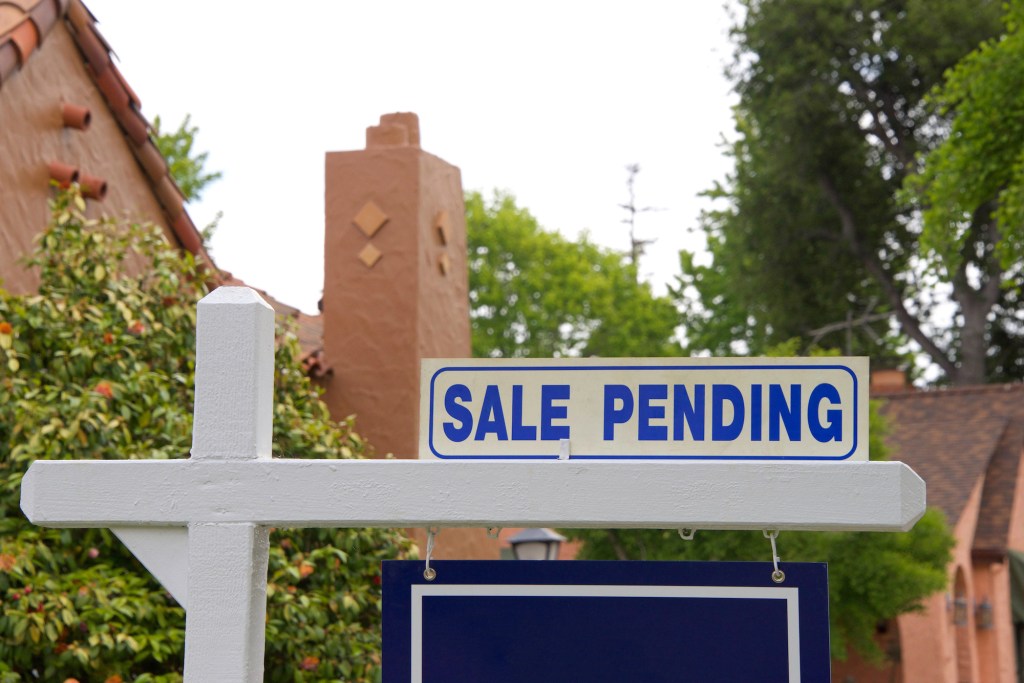The S&P CoreLogic Case-Shiller U.S. National Home Price NSA Index, which covers all nine U.S. Census divisions, reported a 10.4% annual gain in December, up from 9.5% in the previous month.
The 10-City Composite saw a 9.8% annual gain in the last month of 2020, up from 8.9% in the previous month, and the 20-City Composite posted a 10.1% year-over-year gain, up from 9.2% in the previous month. Transaction records are now available for October and November for Michigan’s Wayne County; however, there are still an insufficient number of records for Detroit for December.
“Price growth decelerated in May and June, and then began a steady climb upward, and December’s report continues that acceleration in an emphatic manner,” says Craig J. Lazzara, managing director and global head of index investment strategy at S&P Dow Jones Indices. “2020’s 10.4% gain marks the best performance of housing prices in a calendar year since 2013. From the perspective of more than 30 years of S&P CoreLogic Case-Shiller data, December’s year-over-year change ranks within the top decile of all reports.”
Phoenix, Seattle, and San Diego continued to report the highest year-over-year gains among the top 19 cities in December, excluding Detroit. Phoenix showed a 14.4% year-over-year price increase, followed by Seattle with a 13.6% increase, and San Diego with a 13% increase. Eighteen of the 19 cities reported higher price increases in the year ending December 2020 versus the year ending November 2020.
The U.S. National Index posted a 0.9% month-over-month increase, while the 10-City and 20-City Composites both posted increases of 0.9% and 0.8%, respectively, before seasonal adjustment in December. After seasonal adjustment, the U.S. National Index posted a month-over-month increase of 1.3%, while the 10-City and 20-City Composites both posted increases of 1.2% and 1.3%, respectively. In December, 18 cities—excluding Detroit—reported increases before seasonal adjustment, while all 19 cities reported increases after seasonal adjustment.
“These data are consistent with the view that COVID has encouraged potential buyers to move from urban apartments to suburban homes,” continues Lazzara. “This may indicate a secular shift in housing demand, or may simply represent an acceleration of moves that would have taken place over the next several years anyway. Future data will be required to address that question.”



